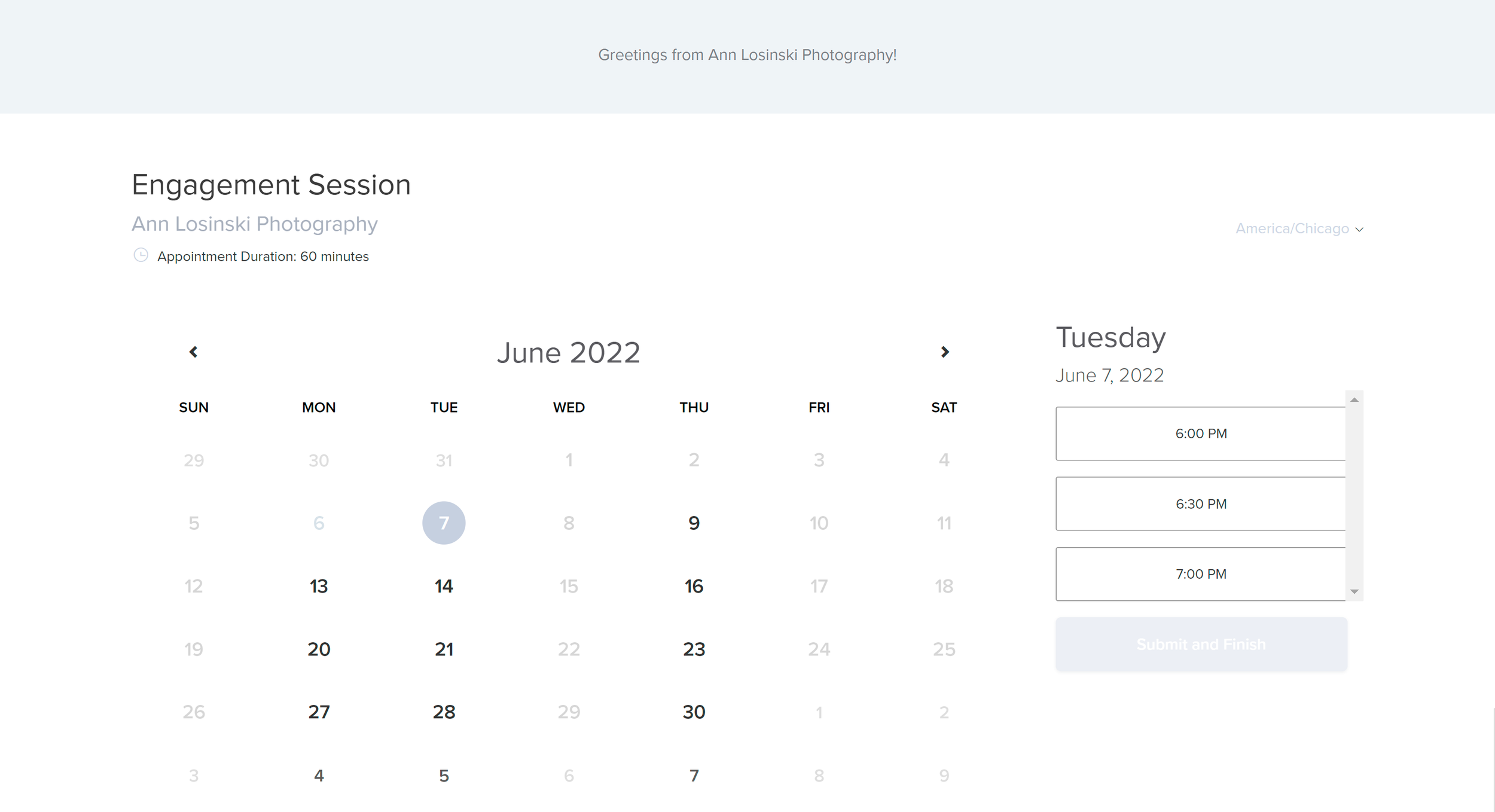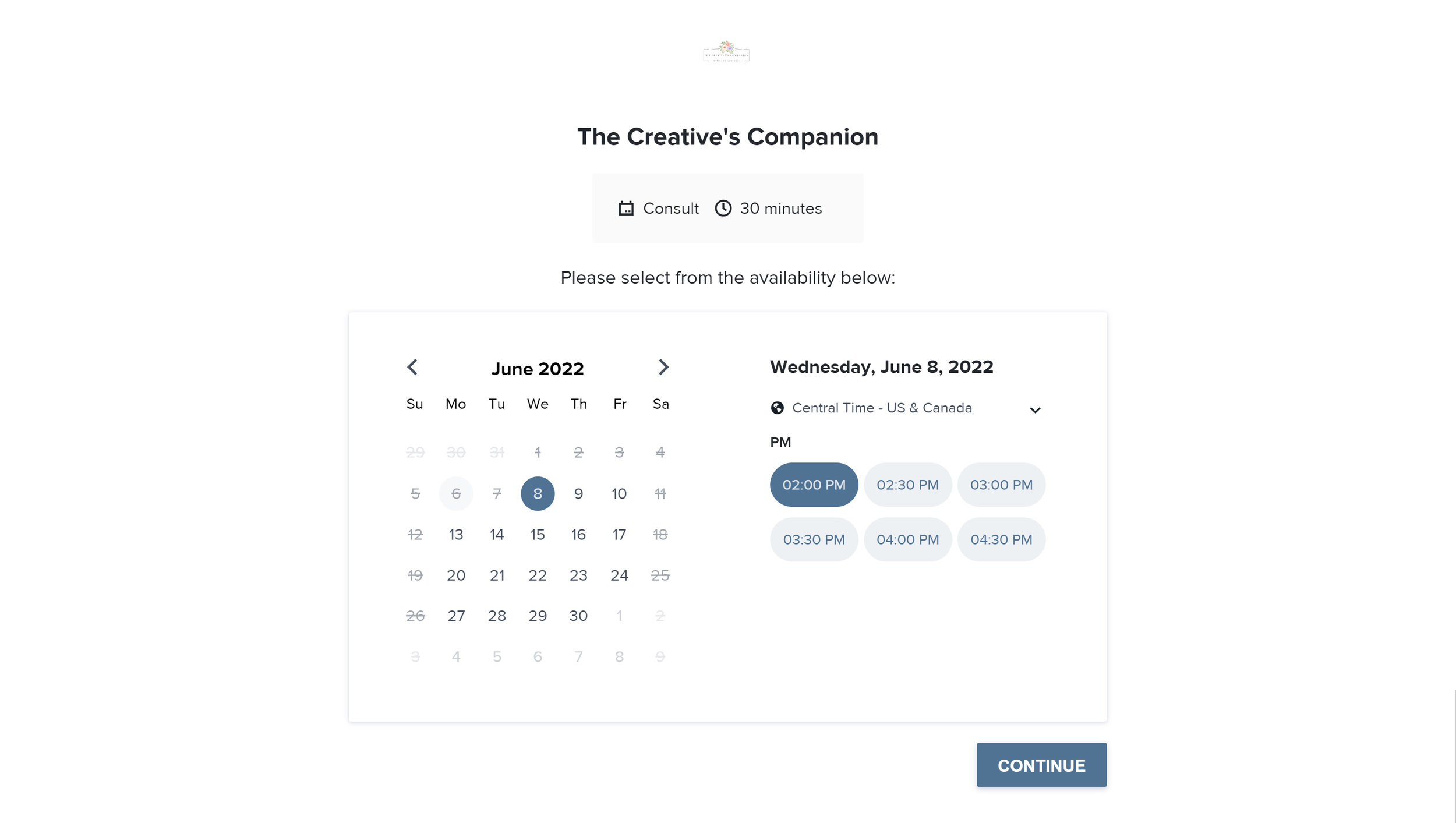Dubsado vs. Honeybook | The Ultimate Guide
One of the most asked questions people ask when looking at different CRMs is what is the difference between Honeybook and Dubsado? In this blog post, we do a deep dive into some specific features, what each one looks like on each platform, and the difference between the two. The key is to do your research, know your options, and find the program that is best for you and the services you offer to your customers!
Dubsado vs. Honeybook Payment Processors
Collecting payments is critical to doing business. Both Dubsado and Honeybook allow you to send invoices
Dubsado
Dubsado allows you to connect an outside payment processor as they do not have an in house processor. You can connect Square, Stripe or PayPal to be able to collect payments from your clients.
Honeybook
Honeybook requires you to use their in house processor for all payments made through the platform. This means that if you use Honeybook, you will not be able to choose to use PayPal, Stripe, etc. Payments received through HoneyBook have a processing fee of 3% or 1.5% for credit card and ACH bank transfer payments.
Dubsado vs. Honeybook Workflows and Automations
Workflows are becoming more and more critical to have in many businesses. They allow the freedom of setting up your business to run even when you are not at your desk to allow for a enhanced client experience.
Dubsado
Dubsado’s workflows are probably one of the more robust workflows out there as far as CRMs go. In the workflow build menu, there is 15 options for different tasks that you can do while you are building out your workflow as seen in the picture.
This layout and organization allows you to easily see all the options and select the one that is right for the workflow action you would like to have. This detailed structure allows you to easily send contracts, invoices, move project statuses, send schedulers and more.
Actions can be triggered through a variety of different criteria. First, they can be triggered when the client has taken an action such as making a payment or submitting a form, or scheduling an appointment. Next, they can be triggered in relation to the project date.
Dubsado does not offer conditional logic within their workflows. As an example, it will not be able to tell if your client has opted into an Engagement photo session as well as a wedding day coverage.
Dubsado does allow you to add a secondary workflow to the same project easily, which makes adding on an engagement session a breeze.
Honeybook
In the workflow section of Honeybook, we have three options: Send Email, Create Task, Send File via Email. Under the send file via email, you are able to select a brochure or a questionnaire to be able to send to your clients.
This automation is plenty for basic and works well for sending forms, check ins with clients and assigning yourself tasks in relation to the project itself.
You can assign tasks based on the project date, or the actions that the client has taken such as submitting a form.
Honeybook does not allow for conditional logic on their workflows. This means that if you have add ons that require additional steps you will need to manually facilitate that.
Honeybook only allows one workflow to be added per project.
Dubsado vs. Honeybook Email Customizations
Both Dubsado and Honeybook allow for canned emails to be saved in your account. The main difference here is that Dubsado allows for many types of information to be populated such as client details, appointment times, project dates etc. Honeybook only allows for the name field to be auto populated into canned emails.
Dubsado Project Statuses vs. Honeybook Pipelines
Dubsado
Dubsado’s project statuses are 100% customizable. You have the ability to assign statuses to a Lead or Job status and name the statuses whatever makes sense for your workflow. Automatically move your projects through your statuses using the “Change Project Status” workflow action, and you can always easily see how many projects you have in each stage of your process.
Honeybook
Honeybook’s Pipeline is prebuilt for you with seven automatic stages in your workflow. These stages are Inquiry, Follow Up, Proposal Sent, Proposal Signed, Retainer Paid, Planning, Completed and Archived. Aside from the “Completed” and “Archived” stage, projects will move through all the stages automatically as your project goes on. Although these stages are all set and cannot be removed or renamed, you are able to add your own project stages to the pipeline. Project stages that are added require you to manually assign projects to them as you hit that point in your workflow. We find this easy to do by assigning yourself a task to move the project via a workflow when that stage of the process is reached.
Dubsado App vs Honeybook App
With the ever increasing working on the go and use of mobile phones, it is critical to have a way to be able to do work on the go from an app.
Dubsado
Dubsado does not offer an app at this time. Although you can pin a link to the desktop site to the home screen of your phone, a lot of the functionality of the program is lost when on the go. An app is in development, however a release date has not been announced.
Honeybook
Honeybook offers an app that allows you to access the program easily from your mobile device. This allows you to do most of what you would be able to do on a computer directly on your phone.
Honeybook’s Pipeline is prebuilt for you with seven automatic stages in your workflow. These stages are Inquiry, Follow Up, Proposal Sent, Proposal Signed, Retainer Paid, Planning, Completed and Archived. Aside from the “Completed” and “Archived” stage, projects will move through all the stages automatically as your project goes on. Although these stages are all set and cannot be removed or renamed, you are able to add your own project stages to the pipeline. Project stages that are added require you to manually assign projects to them as you hit that point in your workflow. We find this easy to do by assigning yourself a task to move the project via a workflow when that stage of the process is reached.
Dubsado and Honeybook Client View
Both Dubsado and Honeybook allow for a client portal.
Dubsado
Inside Dubsado’s client portal, your client can log into a password protected page that will allow them to see emails, forms, and invoices all in once place. This page can be customized with a welcome message and a banner (Either image or solid color as above). Dubsado’s client portal is completely optional - you don’t have to use it if you don’t want to!
Honeybook
Honeybook’s client portal is a pretty integral part of using the platform. Clients can log in, see all their information and respond to your emails and also see their forms. The only thing that is able to be customized in the portal is the header image.
Honeybook also allows you to add multiple people to a project, which is wonderful if you are collaborating with other vendors!
Dubsado Forms vs Honeybook Forms
The way you present your pricing to your clients is critical to the conversion rate of your sales.
Dubsado
Dubsado’s forms allow for some of the most customizable experience for your client. Using our Genie, you are able to make every aspect of your proposals and questionnaires fully customized, on brand, and look like an extension of your website. Although the plugins are an additional cost and there is a slight learning curve, we have seen conversion rates go way up when forms have been customized to be on brand and beautiful. Dubsado also allows for the proposal/contract/invoice to be sent together to help your client complete the booking process all at once. See the below image for an example:
Honeybook
All of Honeybook’s proposals look similar to the below image. They are simple, straightforward, and allow the the proposal/contract/invoice to all be sent together. You are able to customize the header image, the line items of the proposal, and the payment plans you include with it.
Dubsado vs. Honeybook Scheduler
Both Dubsado and Honeybook offer a scheduler to allow your client to easily schedule an appointment with you. Both programs allow you to sync your calendar so that your availability can be taken into account when showing clients your schedule.
Dubsado
Dubsado’s scheduler is easy to use, and allows you to create a scheduler for different types of sessions. You can also group your schedulers together so that if you offer different types of meetings, clients can choose between them. Another feature of the Dubsado scheduler is that you can attach a form to be filled out prior to scheduling, or an invoice that needs to be paid before a spot is confirmed.
Honeybook
Honeybook’s scheduler is minimalistic and perfect for scheduling meetings with your clients. It will cross reference your connected calendar so that you aren’t double booked, and allow clients to easily book a time on your calendar without a lot of back and forth emails.
Dubsado and Honeybook Pricing
Dubsado and Honeybook are competitively priced at approximately the same price point. Here is a break down of the cost comparison:
Dubsado:
Unlimited Free Trial of all features for three clients. (No time limit.)
$40/Month or $400/Year for Premium Plan
Premium Plan offers access to every single one of Dubsado’s features.
$20/Month or $200/Year for Basic Plan
Unlimited Projects/Clients
Invoicing and Payment Plans
Forms and Email Templates
Honeybook:
14 Day Free Trial of all features.
$39/Month or $390/Year
Access to all Honeybook’s Features.
$9/Month Starter Plan
Access to all Honeybook’s Features until you hit $10,000 in sales.
Conclusion
Both Dubsado and Honeybook will help you to free up your time and get started on your journey with automation. Which one is better? I think it depends on your business; what you offer your customers, and what you actually need the program to do. Dubsado offers a robust solution, that has many different opportunities for expansion and growth as well as advanced customization options. Honeybook offers a less intimidating option to getting started with automation.










